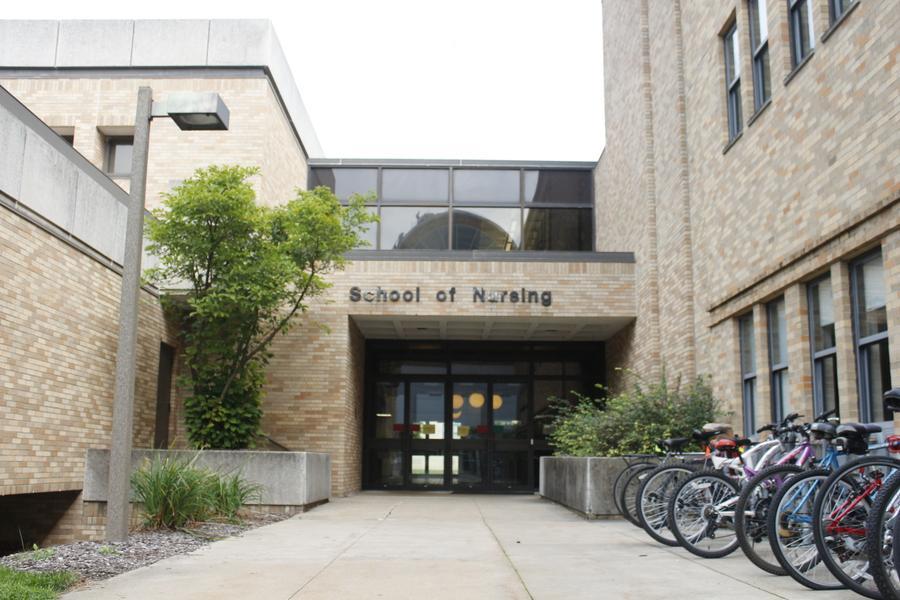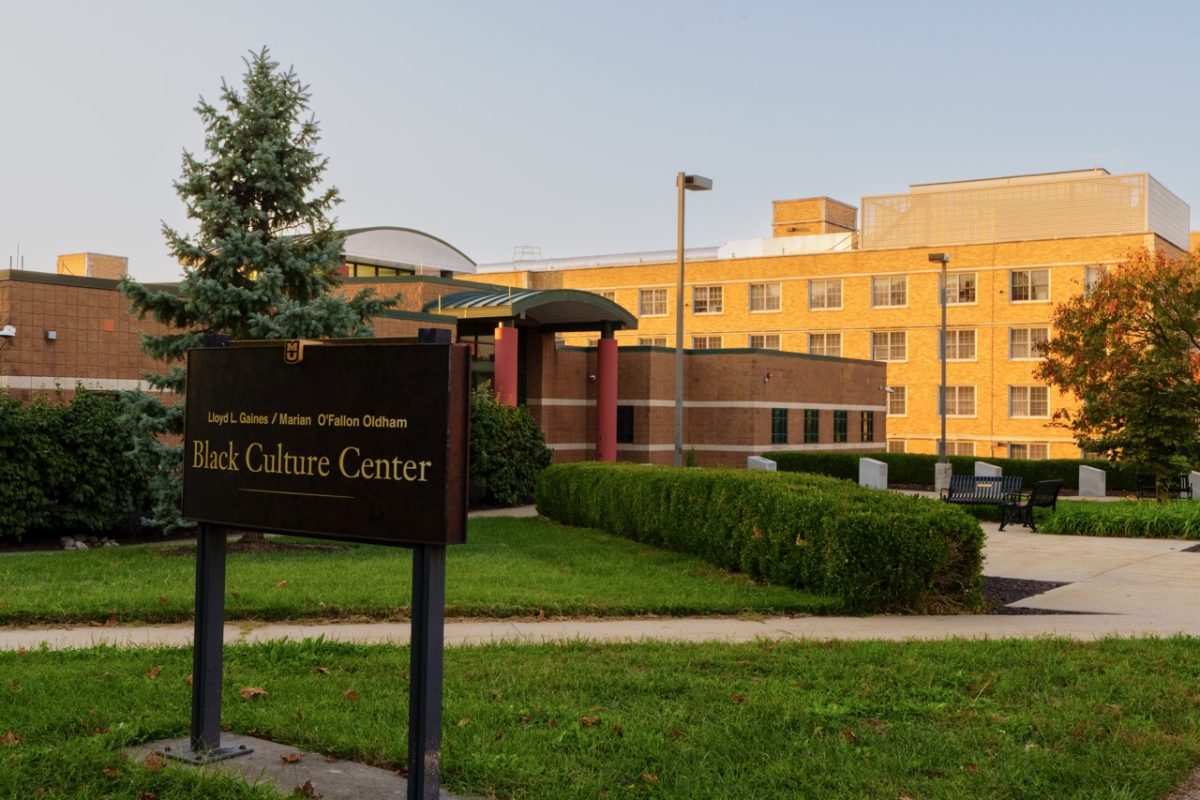Since taking office in January, Gov. Eric Greitens has made his intentions clear with regards to the state budget.
“We have to live by the same principle that most Missourians live by,” Greitens said in a Twitter video shortly after his inauguration. “You can’t spend money that you don’t have.”
At a meeting in mid-March, MU officials announced plans for dealing with $20 million in state-mandated cuts, on top of losing $36 million in projected tuition fees due to the drop in enrollment last fall. The plans dictate how the university will make up a shortage of funding for the current fiscal year, which ends June 30. The specific figures can be viewed [here](http://bloximages.newyork1.vip.townnews.com/columbiatribune.com/content/tncms/assets/v3/editorial/3/6a/36a63f82-0a91-11e7-b059-c7fd03887f26/58cb067a279ac.pdf.pdf).
In the state budget, certain programs, such as MU Extension and the School of Medicine, were named as line-item cuts — that is, cuts that dictate both where and by how much money will be reduced.
The plan laid out a blueprint for dealing with the rest of the reductions, a nearly $17 million cut to MU’s general operating fund to be implemented at the university’s discretion.
But the deficit in future years will likely only grow as state funding and tuition revenue continue to decrease. At the meeting, interim Chancellor Hank Foley announced the creation of two new standing committees, the Resource Allocation Model Committee and the Capital Financing Advisory Committee, in order to begin planning for long-term cuts.
The Resource Allocation Model Committee will oversee the appropriation of the university’s existing resources. More specifically, the committee will use metrics and data to advise the chancellor on how best to allocate resources the university already has across campus.
“We are launching the Resource Allocation Model Committee to take up the tasks of exploring how to make the overall best investments with the precious financial resources we have at our disposal,” according to the committee’s description on [MU’s Standing Committees webpage](http://committees.missouri.edu/).
The committee will be co-chaired by Vice Chancellor for Finance Rhonda Gibler and Provost Garnett Stokes.
“Vice Chancellor Rhonda Gibler continues to work with the various groups, including faculty council, staff council and student government, to identify the individuals who will sit on the committee,” MU spokesman Christian Basi said in an email.
The Capital Financing Advisory Committee will be more geared toward matters of investment and financing in the future.
“Procedures and plans supportive of development of capital financing options that enhance the university’s ability to support its missions” and “screening and prioritization of requests for funds” are among duties listed on the committee’s webpage.
The two committees will be staffed by a mix of university faculty, staff and students. The members will be identified through a selection process of administrative and open nominations, which is ongoing.
“It is my goal that we all share jointly the responsibility for making these recommendations that will have lasting impact on the university,” Foley said in an email to students, staff and faculty on March 16.
At a Faculty Council meeting in March, the creation of a third committee that will look at enrollment issues and university income was discussed.
“[Foley’s interim Chief of Staff] Brian Millner was put in charge of gathering information and reporting back on ways to intelligently charge tuition by interim Chancellor Foley,” reads the meeting’s [minutes](http://facultycouncil.missouri.edu/minutes/16-17/meeting-minutes03-09-17.html). “One of three budget committees to come will specifically address enrollment and tuition.”
According to the minutes, the committee’s duty will likely be to look for ways to more effectively leverage tuition to ease deficits, although nothing has been officially finalized.
“We hope to have information on that committee out soon,” Basi said in the email.
The committees will be working in the coming months to have a public plan for fiscal year 2018 by the June 2 deadline, according to previous Maneater [reporting](https://www.themaneater.com/stories/2017/4/5/um-system-looks-cut-faculty-programs-solution-budg/).
For now, the current fiscal year’s budget includes an algorithm for distributing cuts. Money is being withheld from different departments and entities across campus at a rate of .97 percent, proportionate to their yearly allocation. Each department’s reserves, which are essentially MU’s savings accounts, will be drawn on as well, at a rate of 2.3 percent.
In this way, programs with larger budgets like the College of Agriculture, Food and Natural Resources will shoulder more of the burden ($1.3 million in cuts) than smaller budget programs like the Truman School of Public Affairs (around $35,000 in cuts).
State revenue for fiscal year 2016 had been projected to grow 2.8 percent. In reality, it only grew 0.9 percent, creating a much tighter budget situation than anticipated.
According to the Missouri Budget Project, a likely reason for the dropoff was a reduction in corporate income taxes. In 2015, the state took in $436 million in corporate tax dollars; in 2016, it took in $281 million, a 36 percent drop. This could have been due to a series of laws passed last year that made Missouri a more tax-friendly business environment for corporations.
_Edited by Kyle LaHucik | [email protected]_








